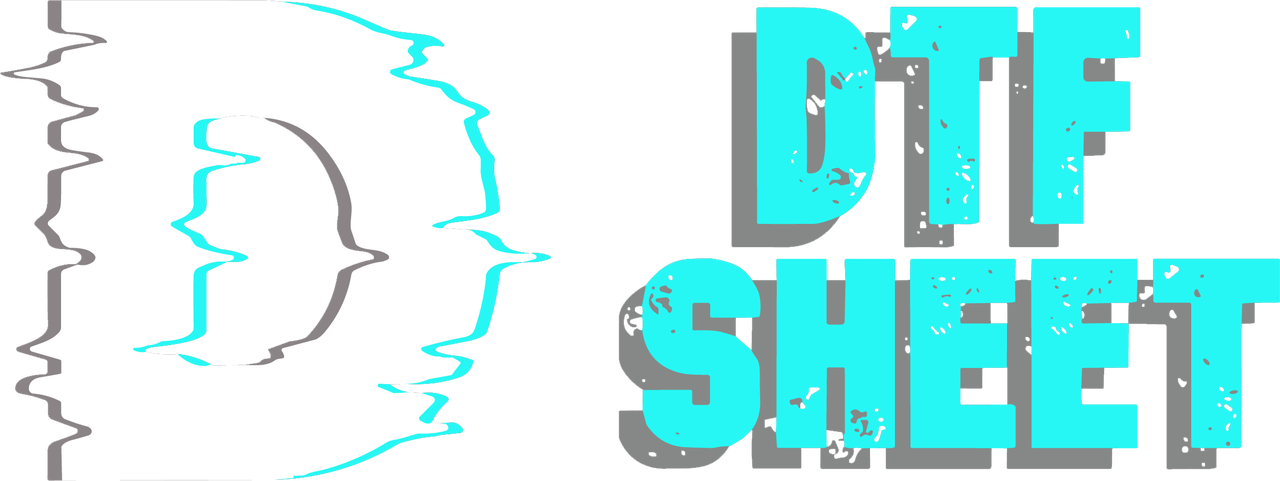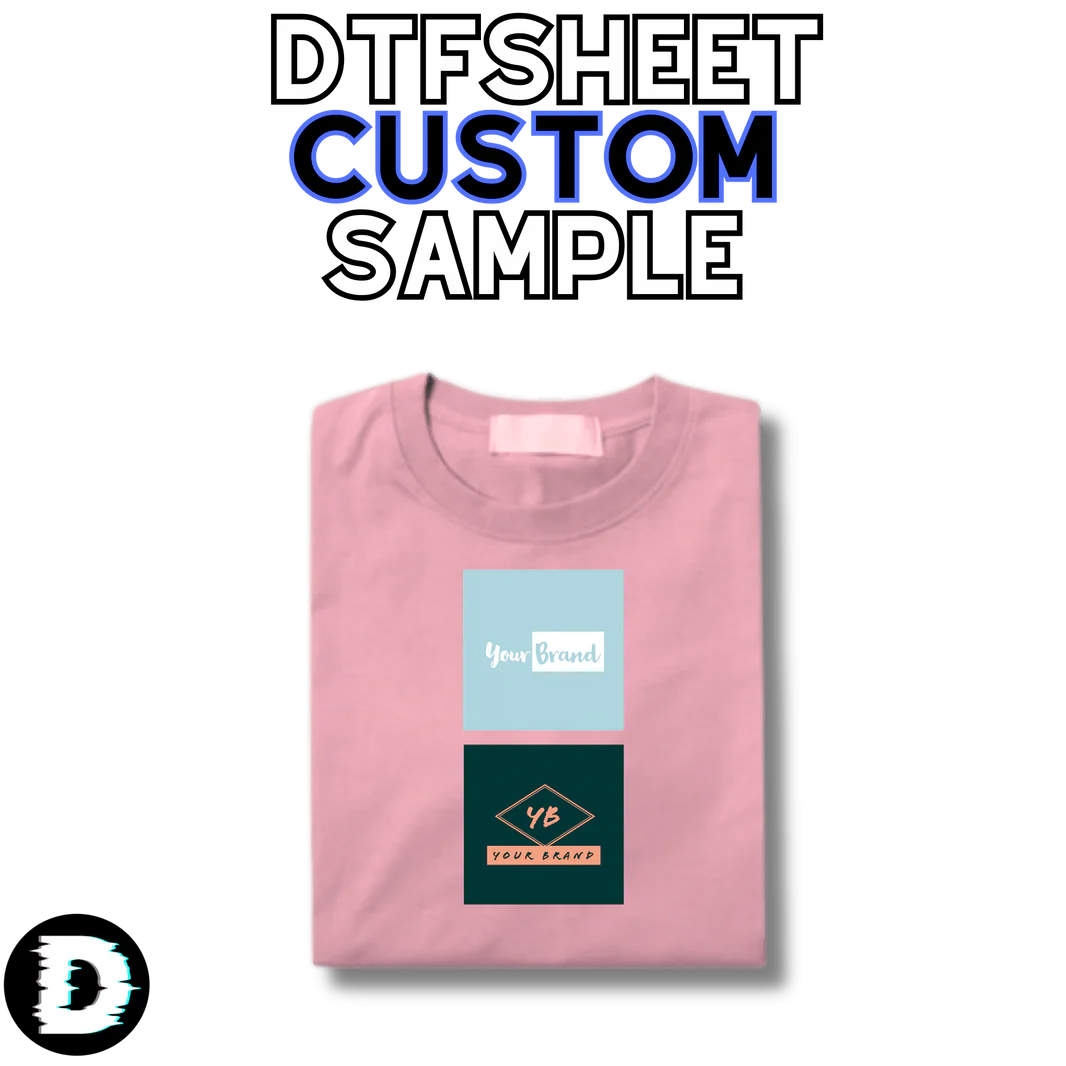In addition to traditional printing methods, new and innovative technologies are also emerging. In this article, we will take an in-depth look at how DTF printing technology compares to traditional printing methods. DTF printing has attracted a great deal of attention in recent years and is considered a groundbreaking method in the printing industry.
Traditional Printing Methods
Traditional printing methods are methods that have been used for years and form the basis of many types of printing. These methods include techniques such as screen printing, offset printing, flexo printing and gravure. These methods can be quite effective for certain printing jobs, but they also have some drawbacks. For example, setup costs are high and printing small quantities can be costly. Additionally, there may be limitations regarding color transitions and details.
DTF Printing Technology
DTF printing has a number of advantages compared to traditional methods. This technology is a method that transfers digitally prepared designs directly onto a film sheet. DTF printing offers high resolution, vibrant colors and sharp details. For this reason, it is especially preferred in applications such as textile printing. DTF printing is also a great option for printing small quantities because setup costs are quite low.
Cost Analysis: DTF Printing etc. Traditional Printing
With developing technology, the printing industry is experiencing significant changes. Digital printing technologies are increasingly preferred to compete with traditional printing methods.
Traditional printing methods require high setup costs. The preparation of printing plates and plates is time-consuming and costly. In addition, a separate plate or mold may be required for each color, which increases the cost. Therefore, printing in small quantities can be costly. In addition, there may be additional costs and loss of time for projects involving variable data.
DTF printing is part of digital printing technology and offers some advantages over traditional printing methods. First of all, low setup costs are required for DTF printing. Instead of preparing custom printing plates or plates, a digital file can be printed directly onto film. This significantly reduces costs, even when printing in small quantities.
In addition, color gradations and details can be better captured in DTF printing, resulting in higher quality results. It's also ideal for speeding up print jobs, because you can print different designs quickly.
Speed and Efficiency in DTF Printing and Traditional Printing Methods: Which Method is Faster?
The printing industry often faces factors such as speed and efficiency, and these factors can affect the success of a printing job. Digital printing technologies have begun to compete with traditional printing methods in terms of speed and efficiency. If we look at the speed comparison of DTF Printing and Traditional printing that we offer, the DTF Printing process is definitely faster and more efficient.
We can discuss this issue in more detail as follows: Traditional printing methods have been used for many years and are still preferred for many large printing jobs. It is especially suitable for high volume printing projects. However, the efficiency of traditional methods depends on several factors. First of all, preparing printing plates or molds in traditional methods takes time. This may take longer depending on the size and complexity of the project. Additionally, a separate plate or mold may be required for each color, which can slow down the process. DTF printing is part of digital printing technology and offers significant advantages over traditional methods in terms of speed and efficiency. It is especially ideal for small and medium-sized printing projects. No plate or mold preparation is required for DTF printing. The design can be digitally printed onto film, meaning quick starts. It generally offers a shorter production time, allowing you to complete jobs faster.




























